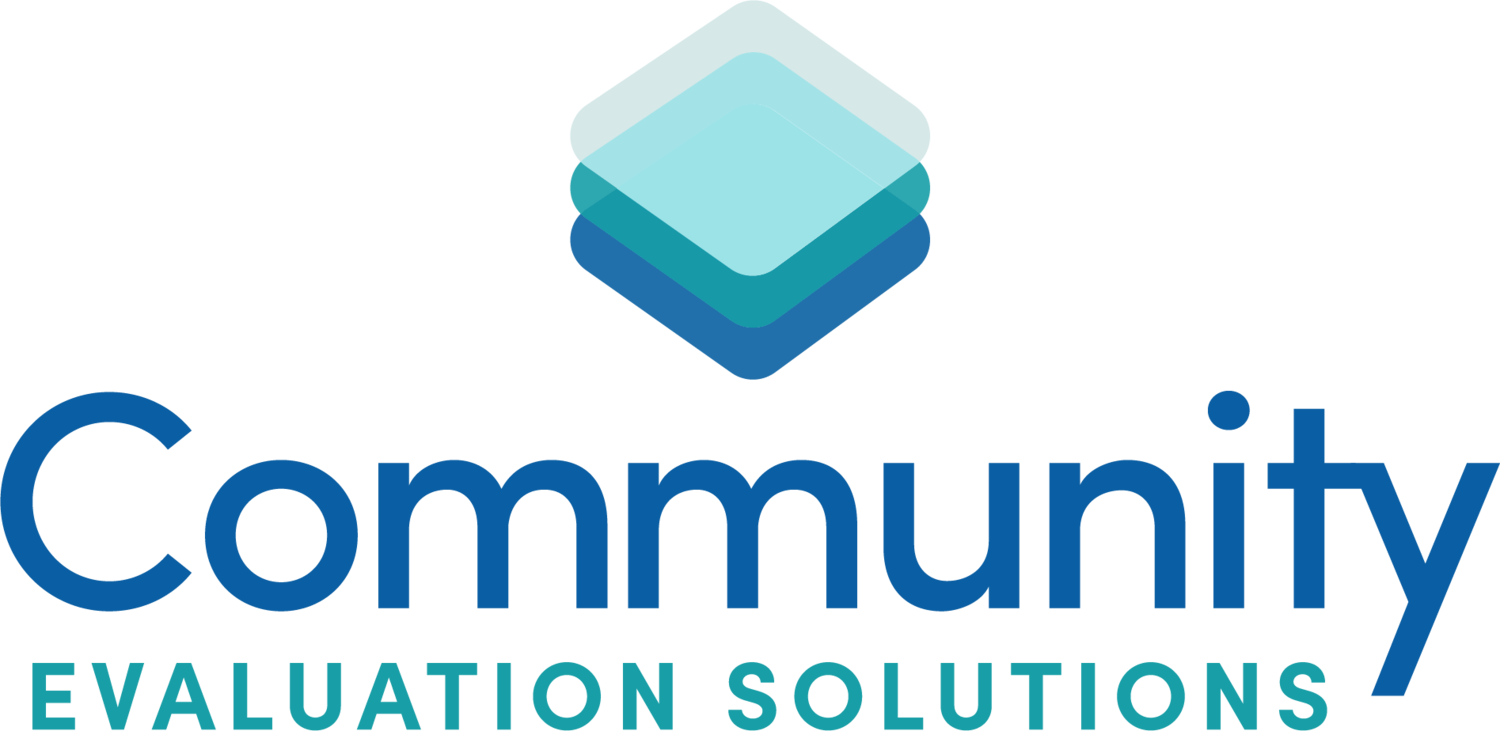Building a Thriving Nonprofit Ecosystem: Why Your Core Team, Community Champions, & Key Stakeholders Must Work Together
When I think about the work nonprofits do in communities, I’m reminded of a neighborhood potluck. Everyone shows up with something different. Some bring a dish, others bring drinks, and some just show up with a smile and willingness to help. When everyone comes together, sharing what they can, it becomes more than just a meal, it becomes a celebration. But if people arrive without coordination or connection, you might be eating dessert for dinner. It can feel chaotic, and the magic gets lost.
When you think about everything needed for a great party, everything clicks. That’s what a nonprofit community system feels like at its best; a shared, coordinated effort where different roles come together in harmony. But when the Core Team, Community Champions, and Key Stakeholders work separately, it’s easy for even the best intentions to fall short.
In my experience, many nonprofits struggle with this disconnect. The Core Team may be focused only on logistics, Community Champions may feel unheard, and Key Stakeholders may provide resources but without full engagement. When these groups don’t work in sync, momentum stalls and real change becomes elusive.
So how do we shift from disjointed efforts to a vibrant, collaborative ecosystem? It starts with understanding how these three groups function and why their synergy is crucial.
What is the Nonprofit Community System?
Think of your nonprofit community system like an ecosystem, a living network of people, ideas, and resources working together toward shared goals. When it’s healthy, collaboration and progress thrive. When it’s fractured, efforts can feel scattered and ineffective.
The three essential parts of this ecosystem are:
The Core Team
Community Champions
Key Stakeholders
Each has a unique role, and when they work together, the whole becomes greater than the sum of its parts.
The Core Team: Your Nonprofit’s Engine
The Core Team handles the day-to-day leadership and coordination. They organize meetings, manage communications, troubleshoot challenges, and keep the mission front and center. They are the glue that holds the community system together by:
Keeping communication flowing smoothly
Ensuring everyone is working toward a shared vision
Translating goals into concrete action steps
Focussing on equity
Leading with clarity and focus
Without a strong Core Team, it’s easy for momentum to stall or direction to blur.
Community Champions: The Trusted Voices
Community Champions are the connectors, advocates, and trusted leaders within the communities you serve. They may not always have official titles, but their influence and insight are vital. They:
Bring community voices and lived experience
Build trust and authenticity among residents
Help shape culturally relevant strategies
Keep the work accountable and rooted in real needs
Ignoring or sidelining Community Champions risks losing connection to the very people your nonprofit aims to empower.
Key Stakeholders: The Supporters and Resource Holders
Key Stakeholders include funders, policymakers, agency leaders, and institutional partners. They hold the resources and power that can make or break initiatives. When engaged well, they:
Align funding and resources with community priorities
Support infrastructure that sustains long-term impact
Use their influence to open doors and remove barriers
Partner as allies and learners, not just as financiers
But when stakeholders act without connection to community voices or the Core Team, trust breaks down and progress slows.
Why Synergy is Essential for Impact
When the Core Team, Community Champions, and Key Stakeholders come together as a unified ecosystem, powerful things happen. Collaboration deepens, strategies align, and momentum builds.
You’ll see:
More effective coalitions with clear direction
Community members who feel heard and engaged
Equitable practices become part of everyday work
Results that are meaningful, sustainable, and visible
This kind of synergy requires intention, trust, and ongoing communication. It’s not automatic, but it’s worth the effort.
Ready to Build Your Nonprofit Community Ecosystem?
To help you create this powerful alignment, we’ve developed the Nonprofit Community Ecosystem Workbook. It’s a practical guide designed to help your Core Team, Community Champions, and Key Stakeholders clarify roles, strengthen partnerships, and work together toward shared success.
With this workbook, you can:
Identify where your community system is strong and where it needs support
Build alignment across diverse groups
Clarify responsibilities and expectations
Create a roadmap for deeper collaboration and impact
Download the Nonprofit Community Ecosystem Workbook today and take the first step toward building a thriving, collaborative community system that drives real change.
Your community deserves coordinated leadership that values every voice and resource. Let’s work together to build that.
